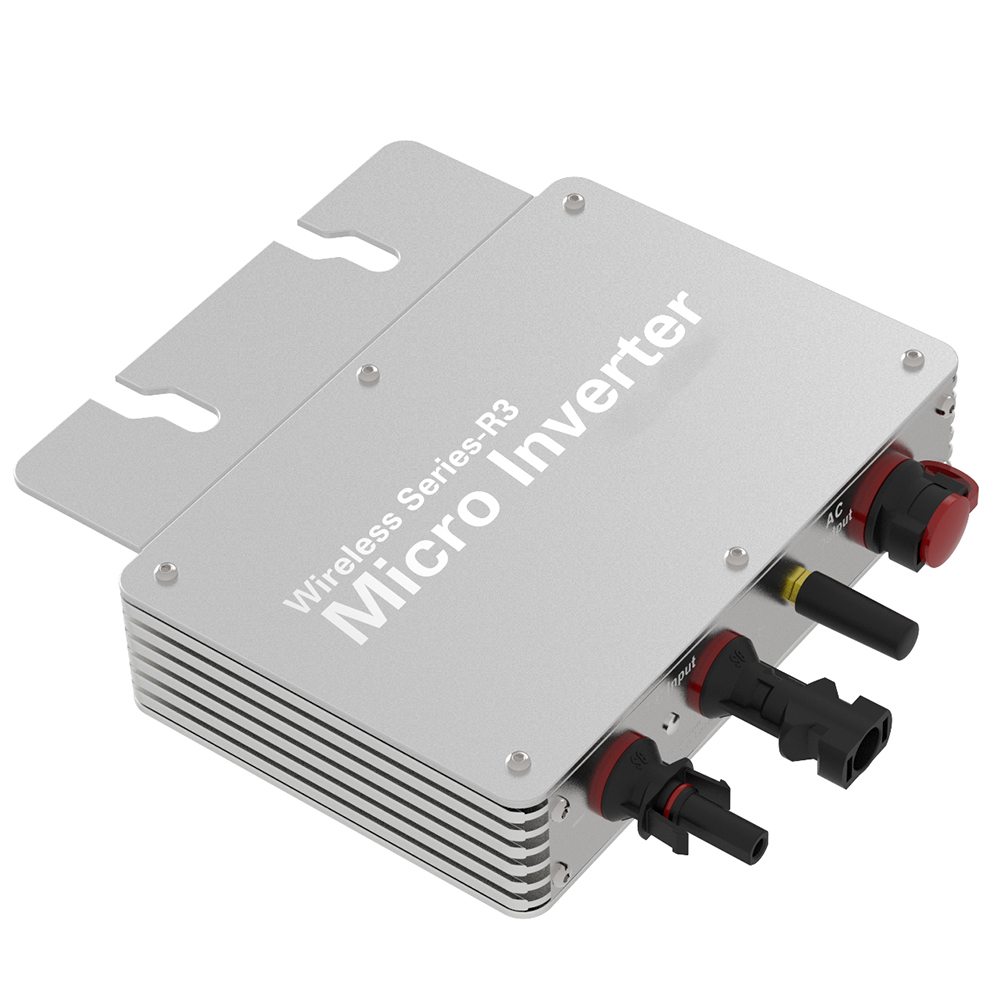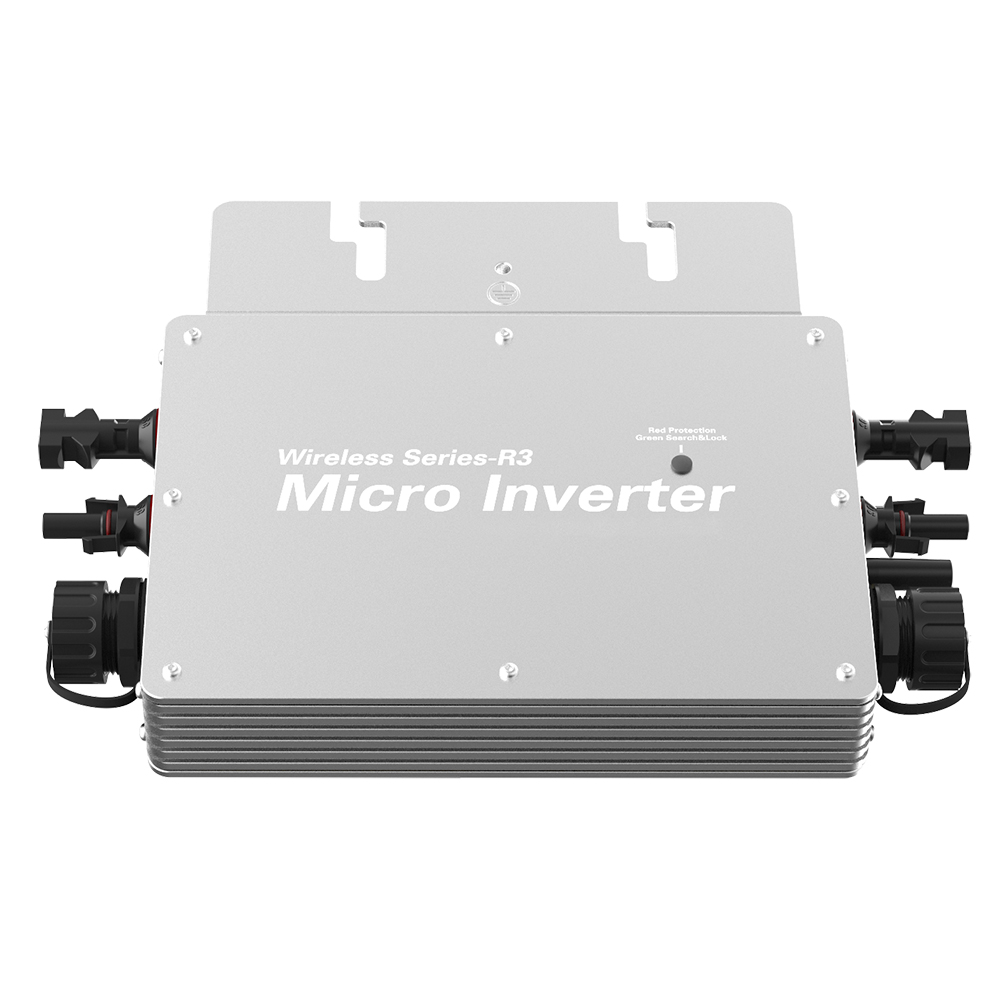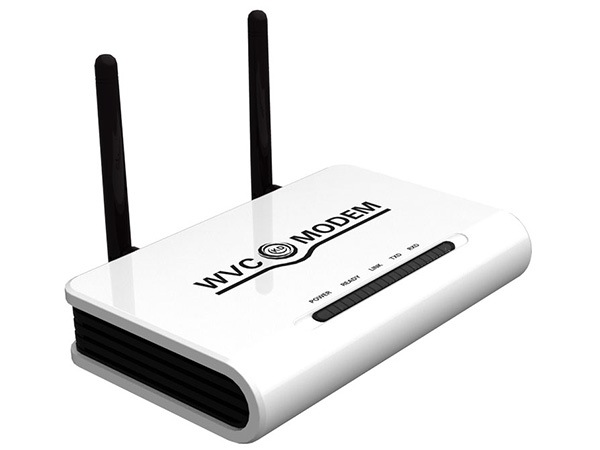The intelligent inverter mainly consists of two parts: circuit design and control system. The following will provide a detailed introduction to the production process of intelligent inverters.
1、 Circuit design section:
1. Choose suitable components: The circuit design of smart inverters requires selecting components that meet the requirements, such as IGBT (thyristor) as switch fittings. IGBT has the advantages of low conduction loss and good high-frequency characteristics, making it suitable as a switch tube for inverters.
2. Assembly of circuit board: According to the design drawings, accurately assemble the selected components onto the circuit board to ensure correct and stable circuit connections.
3. Connection circuit: Connect various components according to the design requirements, including capacitors, resistors, transformers, and other devices.
4. Testing: After completing the circuit connection, circuit testing is required, such as measuring the voltage, current, and other parameters of the circuit to ensure normal operation.
5. Optimization design: Based on the test results, optimize the circuit design, correct any shortcomings, and make the circuit performance more stable and reliable.
2、 Control system part:
1. Hardware design: Design the hardware part of the control system, including controllers, sensors, etc. Controllers often use microcontrollers or FPGA chips, and sensors are used to detect signals such as voltage and current.
2. Software programming: Write software programs for the control system to achieve the control function of the inverter. Usually, it is necessary to consider functions such as output voltage and frequency regulation, overload protection, etc.
3. Debugging and testing: Combining hardware and software to conduct debugging and testing of the control system, verifying the accuracy and stability of the control system.
4. Integration and optimization: Integrate and optimize the control system to ensure that it has good performance and stability.
Finally, after the above steps of production, the intelligent inverter can be completed. Through careful design and optimization, intelligent inverters have higher stability and performance, and can be applied in fields such as solar power generation systems and wind power generation systems, making contributions to the development of clean energy.




